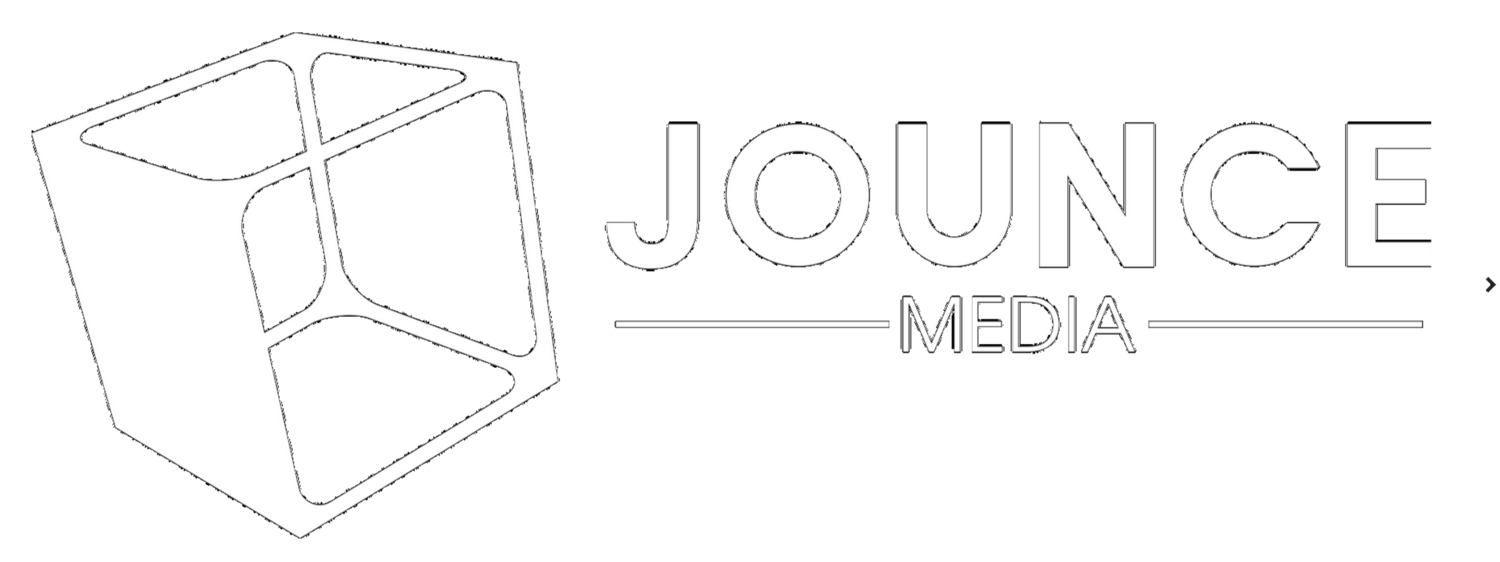Publishers like to say they’re consolidating exchange partners. The data suggests otherwise.
Multi-Auction Arms Race
Header bidding and other similar technologies have re-written the rules of how publishers sell ads. It is now common for an ad-supported website or app to conduct 10 or more concurrent auctions for a single impression. This strategy maximizes the chances that some premium bid from some DSP will be submitted to some auction. This strange market dynamic rewards publishers who inject maximum complexity into buy-side bidding systems.
Programmatic advertising wasn't always this complex. Back in the early days of real time bidding, publishers would choose a single preferred exchange. That exchange would run a single auction for each available ad opportunity. Two publishers of equal size would (somewhat obviously) conduct the same number of auctions.
But by 2015, this basic premise changed. Publishers who were early to adopt header bidding learned that they could conduct multiple auctions for a single impression. And through the eyes of a DSP, this multi-auction yield technique inflated the apparent volume of ads available through certain publishers. In the diagram below, DSPs send more bids to publisher 1 than to publisher 2, even if both publishers offer the same amount of available inventory.
Enter the auction arms race. Publisher 2 is naturally incentivized to inflate its auction volume by integrating three supply paths. And publisher 1 responds by integrating four supply paths.
The basic yield lesson over the past 5 years is that publishers maximize their programmatic revenue by conducting as many concurrent auctions as possible. Multi-auction programmatic sales is now table stakes for web-based display inventory and is quickly gaining adoption among video formats and app environments.
Have We Reached The End?
Adding more exchanges is a game of diminishing returns. A publisher's 37th supply path creates less marginal yield improvement than the publisher's 2nd or 3rd supply path. Auction proliferation also carries an operational burden for the publisher -- more technical integrations, more billing relationships, and more channel conflict. And yet publishers show no signs of slowing down the rollout of new programmatic sales partnerships.
We monitor ads.txt files from over 150,000 websites and apps. While many long tail publishers tend to leave their ad serving configurations stable, the largest publishers appear to be actively optimizing their monetization strategies, and we observe these publishers regularly changing the supply paths that they authorize to conduct programmatic auctions. Every day we see some publishers enable new integrations and other publishers disable retired integrations, and the change is almost always a net expansion of authorized supply paths. The chart below represents the average monthly change in ads.txt file size among the 5,000 largest websites (based on Alexa traffic data):
Over the course of 2019, the average top-5,000 publisher expanded its ads.txt file by 43 net new entries. This expansion of supply paths is driven both by "newbies" who are just beginning to integrate multiple exchanges and by "vets" who are adding a 37th or 38th supply path. Publishers who began 2019 with a single authorized supply path ended the year with an average of 12 supply paths. Publishers who began the year with 11-20 paths ended the year with 48 paths on average. Publishers who started the year with 41-50 paths expanded to 82 by December. There seems to be no upper bound to auction duplication.
Consolidation Won't Come From Publishers, But It Might Come From Marketers
We see no signs that publisher actions will trigger exchange consolidation, but we do think that marketer actions might. Auction proliferation creates a financial burden and an operational headache for the buy-side, but it also unlocks an opportunity. Operating an ad exchange has become a fiercly competitive business, and winners and losers are determined largely on the basis of proprietary demand. Marketers have choice when selecting where to submit their bids, and marketers with big checkbooks have big leverage when they choose preferred programmatic pathways. By consolating bidding to a short list of preferred exchanges, marketers can secure data sharing agreements, unlock non-standard targeting capabilities, and negotatiate discounted take rates.
Don't expect publishers to consolidate where they conduct auctions. Expect marketers to consolidate where they bid.





